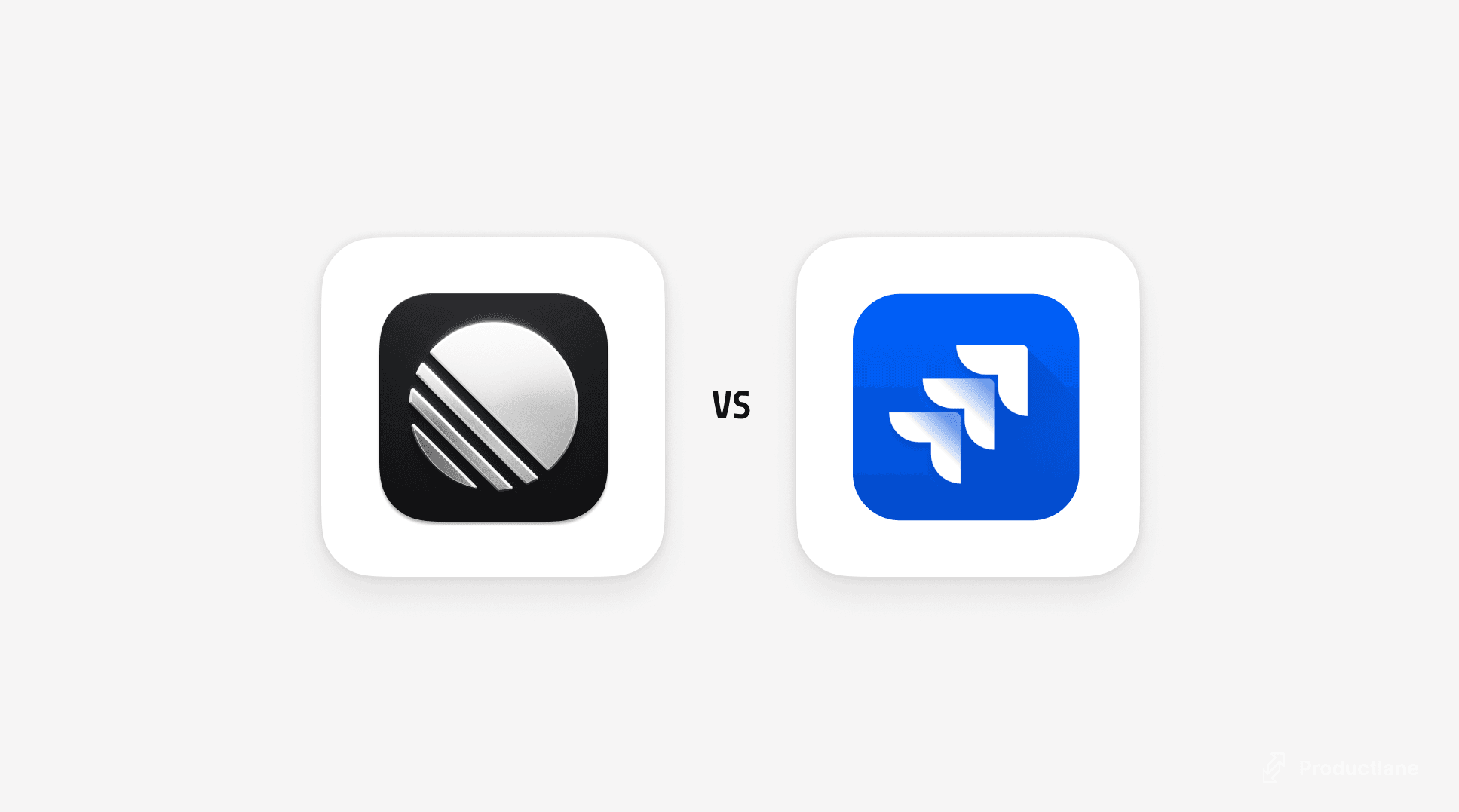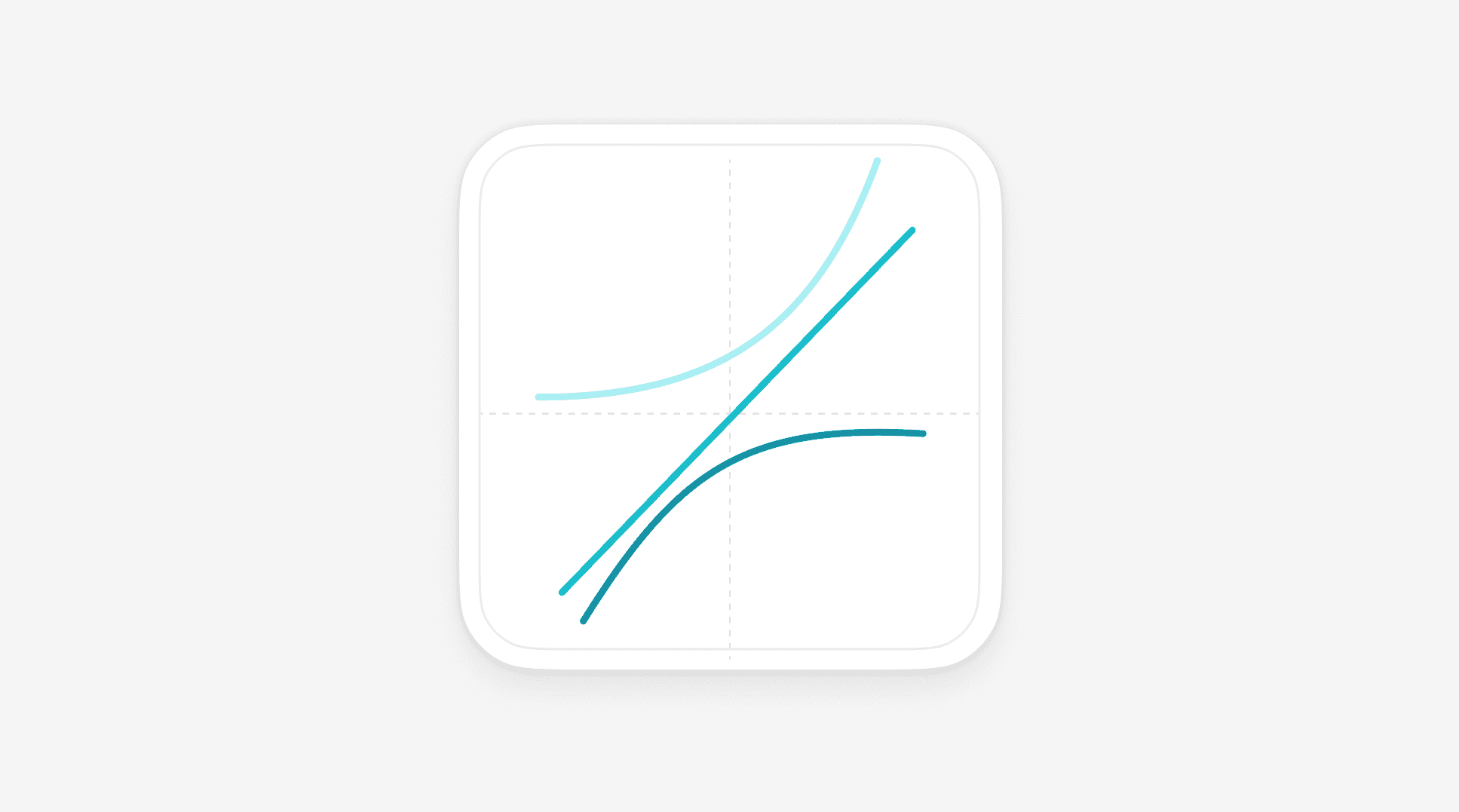Product roadmap tools and why Linear sync is important
Product roadmap tools and why Linear sync is important

Luke Holohan
B2B Product
Feb 5, 2025
11
TL,DR: Creating a clear roadmap is really important when developing a product, as it provides structure and direction. Roadmap software helps centralize product planning information, helping teams manage changing ideas on the path to completion. The right roadmap tool allows product managers to accelerate decision-making, track progress, and benefit from stakeholder feedback and customer insights.
With Linear sync, Productlane simplifies this process further by integrating feedback and development into one cohesive workflow. Productlane provides public roadmaps for customer voting, real-time updates through Linear, and feedback integration all accessible through an embedded widget. This setup allows teams to adapt quickly, ensuring projects remain aligned with both short-term tasks and strategic objectives.
While tools like Jira, Productboard, and Aha! have great benefits and strengths, such as feature prioritization and task management, Productlane’s standout feature is our strong feedback loop, letting customer insights flow directly into Linear for user-driven development.
TABLE OF CONTENTS
If you’re a product manager, we don't need to tell you how important it is to have a roadmap. But let's do it anyway. Just to hammer home the point. Roadmaps provide clear direction, give your team goals, and can ensure the prioritization of work.
Research consistently shows that products with a clearly defined development process and early clarity on key elements perform significantly better. As Robert Cooper and Elko Kleinschmidt highlight in their Success Factors for New‐Product Development research, successful products have sharper definition prior to development. And how can you get this definition? Roadmaps!
"Products that have these sharp definitons are 3.3 times as likely to be successful and have higher market shares (by 38 share points on average); they are much more profitable than poorly defined products, and they meet company sales and, more so, profit objectives," their study states.
It adds that unless critical information—such as target market, product concept, product positioning, a list of features, and a roadmap—is clearly defined, documented, and agreed upon by all parties before entering the development stage, the odds of failure increase by a factor of three.
But let’s face it, actually building and sustaining that roadmap isn’t always easy. However, we now have some great tech on our side. That’s where dedicated roadmap software comes in. With so many options available, how do you know which roadmap software will truly make a difference?
Here’s a hint: imagine a roadmap that integrates directly with your product development and feedback solution. This kind of integration could be just the boost you need for your development team, keeping everything in sync and making roadmapping smoother than ever. But more on that later. Let’s explore some great roadmap software options and then the secret sauce of Linear integration.
What Is Roadmap Software, Anyway?
But before we go through some great options for product roadmap tools, let's go more in-depth to clarify just what roadmap software is. Roadmap tools allow you to create, organize, and share visual roadmaps that clearly outline and communicate your product strategy. The key features you’ll generally see are:
Task management timelines to plot significant dates, milestones and stages.
Hierarchical views to disaggregate objectives, themes, goals and activities.
Custom fields and filters to customize views for specific groups of users.
Reporting capabilities and analysis to help you allocate resources and prioritize tasks.
Collaborative features to involve multiple stakeholders in the planning, feedback, and decision-making process.
The ideal roadmap software makes all your planning information and documents accessible from a single trusted source. When picking the right option you want collaboration, the ability to track progress, clear visibility into priorities, and one that offers the flexibility to adapt strategies as circumstances evolve or new insights emerge. Overall, you want to be able to identify opportunities, improve features, innovate, and manage the process well.
When do roadmap tools have the most impact?
While nearly every tech team benefits from using roadmapping tools to create a great product roadmap, they have the greatest impact when companies need to streamline informed decision making and keep projects on track with their mission or product objectives. Roadmapping software is especially valuable for companies that:
Manage large or complex product initiatives.
Operate with distributed teams across regions, business units, or departments, and need to keep other team members singing from the same hymn sheet, so to speak.
Require strong stakeholder cohesion between executives, product, engineering, sales, and more.
Follow practices that require regular plan reviews and progress tracking updates, often needing to assign tasks quickly based on changing priorities.
Need to maintain a strict audit trail with numerical data to meet compliance requirements.
Juggle inputs from multiple stakeholders and product teams while managing new features and product releases.
For teams traditionally communicating and collaborating across tools like Google Workspace or Microsoft Teams, roadmapping software helps centralize all information, ensuring everything from assigning tasks to managing roadmaps is efficient.
If your product team is managing numerous moving parts, great roadmapping software with strong integration capabilities can help bring order, facilitate collaboration, and accelerate processes to keep your product strategy on track. Now that we’ve covered the purpose and main use cases, let’s take a closer look at some examples, including Productlane and our Public Roadmap.
Project management software with product roadmap
Collecting detailed, high-quality feedback is super important for successful product development. Yet, if teams can’t convert that feedback into clear, practical findings, they will almost certainly face difficulties when trying to meet customer expectations. A well-structured product roadmap is key to driving progress and ensuring the success of the product development process.
It's very hard to define the best product roadmap tool since every user and company will have their own priorities. When it comes to roadmapping software like Jira Advanced Roadmaps, Roadmunk, Aha! and our very own Productlane, each platform brings specific strengths. Here's a brief description of these platforms and their interactive roadmaps.
Jira
Developed by Atlassian, Jira is a project management tool widely used to track tasks, bugs, sprints, and backlogs, helping development teams stay organized and efficient. Jira integrates really nicely well with other tools in the Atlassian ecosystem, like Confluence and Trello. It's Jira Advanced Roadmaps add-on provides a high-level view of multiple projects, enabling cross-team and multi-project planning.
If you need heavy customization or integrations with other enterprise systems, Jira is flexible and very capable. Jira focuses on task and sprint management but doesn’t incorporate customer feedback, idea management, or feature voting directly into the roadmap like Productlane. This may limit its usefulness for some product management efforts. For example, some project managers may need to incorporate customer-driven priorities.
Productboard
Productboard is a well-regarded product management platform that offers features for roadmapping, feature prioritization, and customer feedback integration. The platform supports strategic planning across a product's entire lifecycle. It ranks well on Trust Radius for features like focus bubbles for visual prioritization, and grouping or tagging tools to manage feedback effectively and drive customer-centered product development.
Roadmunk
Roadmunk, now called Tempo Strategic Roadmaps, is a project management tool. It is ideal for users looking to create visual product roadmaps that are highly effective for presentations. Roadmunk’s customizable swimlanes and visual vocabulary have been praised for facilitating clear communication.
Although, some users have said that Roadmunk's product navigation could be more streamlined to better suit their workflow. Specifically, they mention that copying items between roadmaps can require multiple steps. According to Trust Radius, some reviewers (not us) believe that Roadmunk's collaboration features are a bit lacking. They highlight the inability to track changes or add comments, which could hinder effective teamwork and communication within the platform.
Aha!
Aha! seems to be pretty highly appreciated by product management teams for its ability to visualize product roadmaps and efficiently manage dependencies. Its integration with Jira aims to help with task tracking and updates, making workflows smoother for non-technical teams like marketing. Ourside of product roadmap software, Aha! also offers a range of useful features, including visual orientation, internal linking, the Gantt chart, and timeline mapping. However, Aha! roadmap software doesn't appear to have a Chrome Extension and users have reported some difficulties mapping products to projects in Jira.
Productlane Product Roadmap Tool
And then there's us. Productlane unites user feedback management with customer support, enabling teams to close the loop and build products that resonate with users. Everything in Productlane revolves around customer feedback, with all feature ideas centralized in Linear for user-driven product strategy. Our product roadmap software allows users and companies to share a public link about features coming soon. Customers can upvote projects and users are able to track their feedback. Plus Productlane roadmaps stay continuously updated through our Linear sync.
Yeah, we know, there might be a little bias since this is our product roadmap software blog and all. We might even be considered a relative new kid on the block. But while that could seem like a downside, we invite you to try out our product roadmap for yourself. More than 2,000 companies currently use Productlane for feedback, roadmapping, and customer support. You can meet some of them here.
Managing a product roadmap while staying connected with customer feedback can be challenging. Productlane makes it easy by centralizing everything you need in one place.
For each project, you can instantly see feedback in customer segments and how frequently the topic came up over the last month. Dive deeper with AI-generated summaries and detailed analysis of user feedback to stay aligned with customer needs.
Productlane is built with Linear users in mind. So your Linear synced roadmap can go public, allowing customers to vote on features or share feedback. An auto-updated changelog also keeps them informed whenever projects are completed.
The best part? You can embed your roadmap, feedback portal, changelog, and customer support as a single widget within your app. Plus, with email and Slack Connect integrations, we centralize all customer support, ensuring a smooth, closed-loop process.
Our powerful public product roadmap feature that lets you share your product plans with complete transparency. You can instantly update your roadmap, gather feedback from users, and prioritize based on their input, all in real-time. Plus, our product roadmap tools are customizable, allowing you to mould it for different audiences. Also, Productlane software integrates with platforms like Linear, Github, and Jira.
You can connect feedback from sources like Slack, Hubspot, Zapier, and Intercom. We've even got a Chrome Extension.
The Productlane product roadmap tool summarized
Everything project managers, development teams, and enterprises need to create, manage, and collaborate on roadmaps are built right into Productlane:
Share Your Roadmap: Easily share a link to your public product roadmap to give your customers and stakeholders full visibility on what’s coming next in your product development.
Get Upvotes on Projects: Let your customers shape the future of your product by upvoting the features and projects they find most valuable, helping you prioritize effectively.
Let Users Track Their Feedback: Engage your customers by allowing them to see the status of their feedback and how it’s being acted upon, keeping them involved in the process.
Linear Sync: Keep your roadmap continuously updated with our sync engine, ensuring that everything stays in alignment with your current projects and priorities.
Why Linear integration is key for modern product teams
Within product development, it's almost a certainty that priorities will change over time. But managing those shifts is a really important part of allowing your teams to make progress and coming away with a great end product. That's where the Linear and Productlane sync connection can help. We combine to bring users valuable insights and strategic vision.
Productlane focuses on capturing user feedback and research, ensuring every idea and piece of feedback flows directly into Linear’s issue tracker, where it can be easily managed and prioritized.
Linear centralizes the management and documentation of priorities, product ideas, tasks, bugs, and improvements. It allows you to easily adjust and reorder tasks, keeping a clear view of your roadmap and long-term goals. With everything centralized, product managers can avoid creating duplicate work while keeping everyone on the same page.
This setup is especially beneficial because not all ideas unfold as expected. Some concepts can be quick wins, while others might need rethinking. For example, if a planned feature encounters unexpected hurdles, Linear allows you to move it back to ideation without losing valuable background, while prioritizing simpler features that deliver immediate value. This flexibility ensures your team stays flexible, maintaining a product roadmap that chimes with day-to-day tasks with broader strategic goals.
By syncing Productlane with Linear, you’re able to incorporate feedback into your planning more smoothly, with context preserved, and keep your roadmap accurate and up to date. For a more comprehension explanation of Productlane's capabilities, book in for a free demo here.
FAQs on roadmap tools
You might also like


